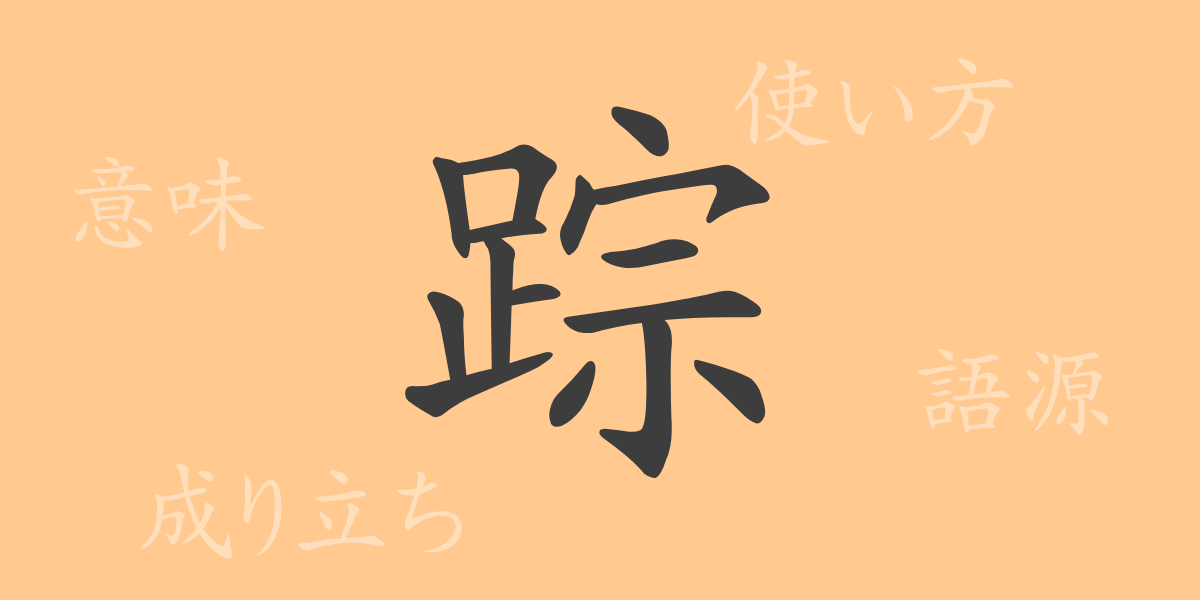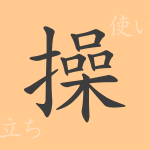Japanese Kanji are deeply ingrained in daily life and culture, each bearing unique meanings and historical significance. One such Kanji, ‘踪’ (そう – sō), may not frequently appear in everyday life, but it plays a crucial role in specific contexts. This article delves into the etymology, meanings, and usage of ‘踪’, as well as related idioms and phrases, revealing the intriguing aspects of this captivating character.
Origins of 踪 (そう – Sō)
The Kanji ‘踪’ originated in ancient China and was composed of the radical ‘辶’ (しんにょう – shinnyou), representing movement, and ‘朝’, implying facing each other. This combination symbolizes encountering or coming across something, evolving over time to signify traces or signs left by someone or something. It was used historically to depict tracking footprints, and over time, it came to denote the presence or evidence of absence.
Meaning and Usage of 踪 (そう – Sō)
‘踪’ typically refers to tracking, traces, or remnants. It is often used to denote the pursuit of something lost or to explore traces of past events. For example, it might be used in contexts like tracking a missing person’s ‘踪’ (tracks) or exploring the ‘踪’ (traces) of a vanished culture.
Readings, Stroke Count, and Radical of 踪 (そう – Sō)
Understanding the structural elements of ‘踪’ can enhance one’s reading and writing abilities.
- Reading: On’yomi (音読み) is ‘ソウ’ (Sō), Kun’yomi (訓読み) is ‘あと’ (ato).
- Stroke Count: ‘踪’ consists of 15 strokes.
- Radical: The radical is ‘辶’ (しんにょう – shinnyou), associated with walking or moving.
Phrases and Idioms Using 踪 (そう – Sō) and Their Meanings
While idioms and phrases containing ‘踪’ are relatively rare, here are a few examples:
- 失踪 (しっそう – shissou): Disappearance or going missing.
- 足踪 (そくせき – sokuseki): Footprints or tracks, indicating someone’s movements or actions.
- 遺踪 (いそう – isou): Relics or remains left by someone who has passed away or something that has perished.
These terms are frequently used in literature and news reporting, among other scenarios, to refer to the marks left by people or objects.
Conclusion on 踪 (そう – Sō)
Each Kanji, including ‘踪’, carries a rich tapestry of history and cultural significance. Though its usage in Japanese is limited, ‘踪’ holds a potent meaning, symbolizing the lost or the past, and plays a significant role in the exploration of literature and history. Understanding and utilizing this Kanji can deepen one’s appreciation of

























